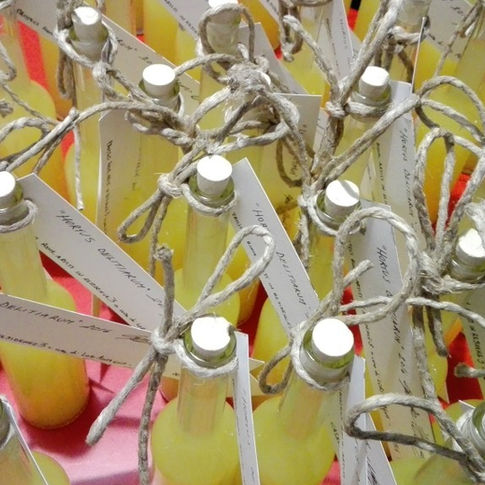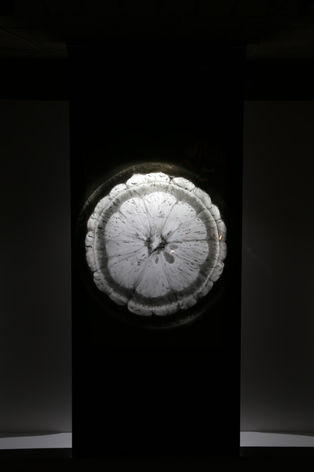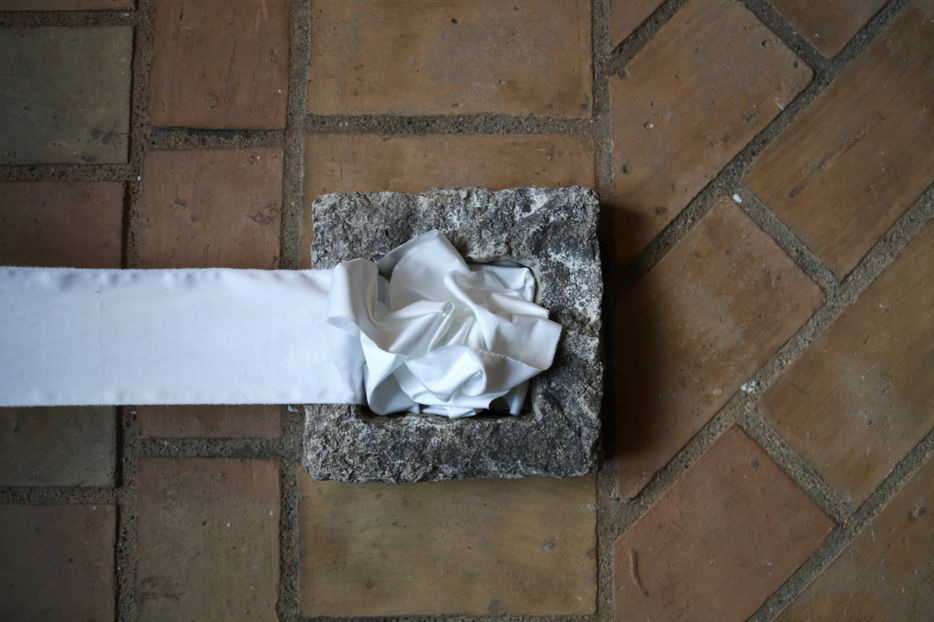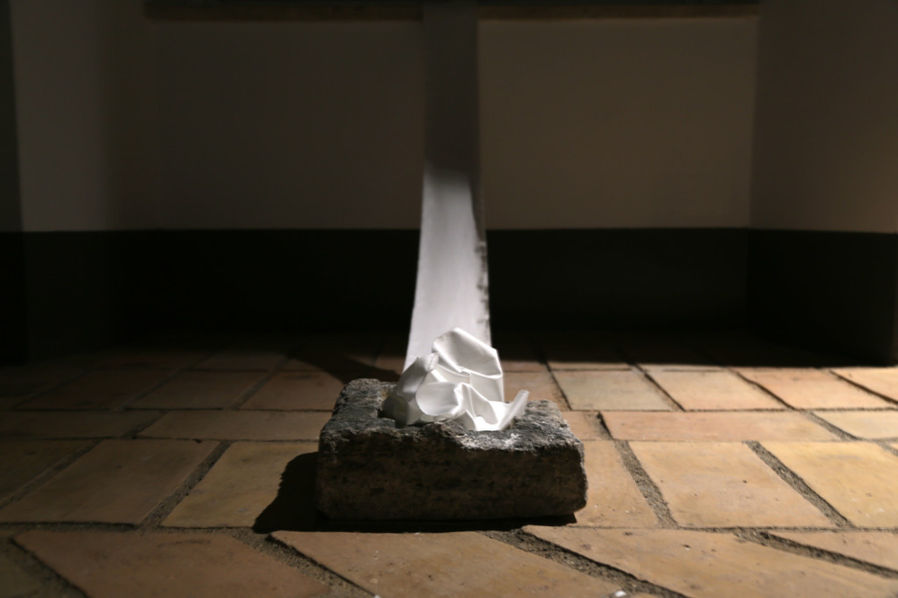top of page
HORTUM DELITIARIUM
Grazia Amendola’s work originated from a reflection on the value of memory intended as a basic tool for the growing and development of individuals. A collective and social memory related to the culinary tradition. At an early stage, once having collected some lemons in the garden, the artist started up a shared workshop on the limoncello making process, according to a traditional recipe handed down from her ancestors. Afterwards Amendola was driven inside the villa by the analysis of both the space complex and detail – nature/artifice – while focusing on the water element, which is prevailing in Villa Pamphilj, and on the presence of citrus fruits in the garden. Refering to the vital cycle of death-rebirth, she realizes a sort of x-ray photograph of fruits fallen from trees, at different levels of decomposition. The use of x-ray photograph is for the artist an invitation to look deeply inside things; the natural essence which tries to come into contact with the human one, an analysis of the transformative processes that are innate both in nature and in human being.
Site-specific installation
Photo on polyester, plaster, led lights and other materials supports.
Shared workshop
Limoncello making process
Project room_artist in residence 3
curated by Lori Adragna
Artistic residency in Casale dei Cedrati
Villa Pamphilj - Rome
In the ExpoLab room the artist re-creates, the 18th century Garden of Cedrati, which, through the use of coconuts and of an articulated spatial movement made by axes, perspectives, vanishing points and backgrounds such as fountains, reproduces the so-called Giardino delle Delizie (Hortus Delitiarum). The artist reproduces the perspective vision of coconuts through low vases containing back illuminated x-ray photographs, which invite the spectator to bend down in order to observe them. Symmetrically, in the royal garden where is situated the Venus statue, “beauty and fertility goddess, often represented in art with fruits which equally represent attractiveness, health, richness”, a gigantic x-ray photograph of an overlapping orange and a lemon stands out. It reproduces “the radial structure which recalls the sun, an eye, the union of two creatures which form a single one”.

Photo Giorgio Benni
On the lateral wall, an installation formed by parallel light beams, which illuminate citrons plaster casts, alludes to/ the aqueduct incorporated to the perimeter wall. On the opposite, a window that coincides with the position of another fountain is distinguished by means of an architectural element rediscovered on the edge of the fountain basin and afterwards phisically moved inside the room, as synthesizing its presence. From here, like a water jet, a white cloth strip originates, crosses the window and goes down exactly on the entrance on Via Aurelia, thus highlighting the continuity between interior and exterior. Moreover, for the artist, originary of the region Campania in Italy, it recalls the hand-embroidered sheets which in many villages in the south of Italy are usually hung outside as an homage to the Virgin Mary passing by the street in the Procession.
Inside the room, there is a recess, which recalls a little fountain located under the aqueduct arches. Amendola reproduces their structure placing a light bulb, which descends from the center to illuminate a large copper plate which can allude to a stoup containing part of the limoncello. By emphasizing the sacral aspect, almost as a votive aedicule, the artist placed inside it two half plaster casts of cedros, fruits connected to the feminine archetype and to fertility according to the sacred iconography, and some plaster forms similar to fossils which imprison in the matter the very soul of nature.

bottom of page













